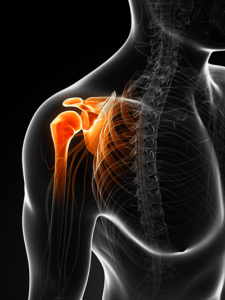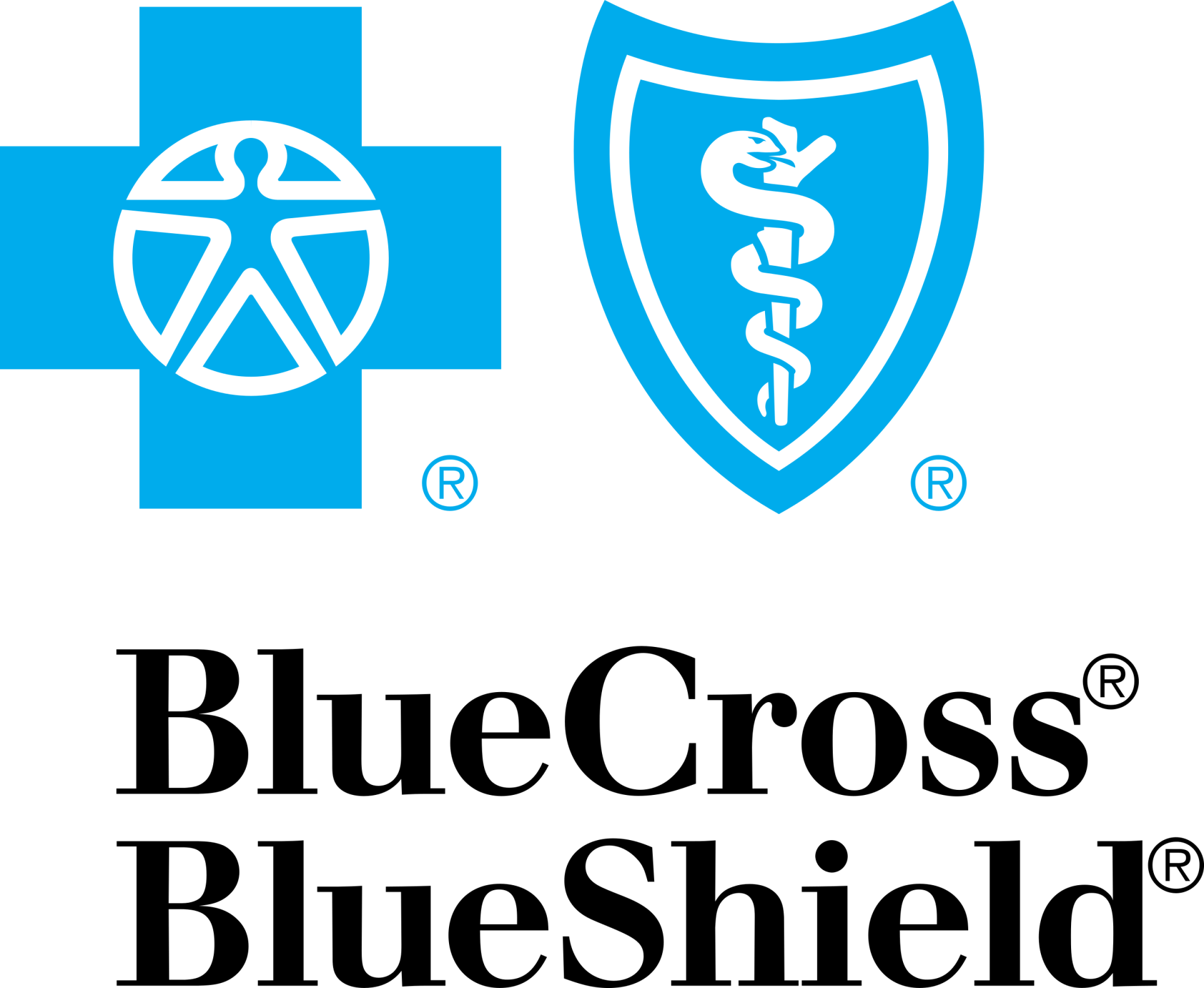Frozen Shoulder: The Culprit Causing Your Shoulder Pain
Frozen Shoulder is real, and doesn’t only occur in the winter! Generally the condition doesn’t have a definite start point, ie. patients often can’t think of an injury that started the pain. Some warning signs to look for include pain and a loss of motion in multiple directions.

Medically termed adhesive capsulitis, frozen shoulder is a condition that affects the capsule surrounding the shoulder joint. The capsule is a sheath of tissue that maintains fluid within the joint and maintains pressure, ensuring relative stability. Inflammation causes the capsule to become more fibrous and thicken. This causes limitations in range of motion and pain. If your shoulder is feeling stiff and painful, with loss of motion in multiple directions, you may be facing frozen shoulder. Identifying it early is the best
way to help effective progress.
Who gets it?
Although anyone can get this condition for a variety of different reasons, there are a few predisposing factors:
- Most prevalent in women ages 45 to 65
- Diabetes and Thyroid disease
- Previous episode on opposite shoulder
- Immobilization of the shoulder following certain surgeries
- This condition can also develop after a minor shoulder injury
There are 3 overlapping stages of the condition called the freezing; frozen; and thawing phases. Each stage has certain treatments that may be beneficial to help speed recovery, which will be discussed below.
Recovery from the condition generally takes anywhere from 6 months to 2 years, and has the following stages and interventions that can help at each stage:
The Start (months 0-3)
What to expect:
- Pain begins with no initial injury, can be sharp and/or dull in nature
- This is when inflammation occurs, but adhesions haven’t formed
- Pain most notable at endrange movements, but can be present at rest
- Trouble sleeping is common

In this stage, you should see a physical therapist for a few visits to learn exercises to maintain range and slow the loss of motion. You will also be educated on the condition and general progression through the stages.
A few tips:
- Use the shoulder as normally as possible without exacerbating symptoms.
- Intense stretching or manipulation techniques are not advisable in this stage, as they can lead to greater losses in mobility and increases in pain.
- Listen to your body, if your causing a significant increase in pain you’re doing too much
- Keep contact with your PT during this stage; activity or exercise modifications are often needed
Freezing (months 3-9)
What to expect:
- Loss of motion in all directions, with external rotation and raising the arm to the side are usually most affected
- Range of motion becomes progressively worse
- Daily activities (reaching, dressing, bathing, workouts) can become more uncomfortable
- Increased inflammation and blood flow present within tissue

Physical therapy continues to be beneficial in this stage to maintain ROM and function. PT interventions will be tuned to the amount of ti ssue irritability the patient is experiencing.
A few tips:
- Continue using the shoulder as normally as possible
- Performing range of motion exercises will be helpful in maintaining range
- Listen to your body, if there is an increase in pain with activities and exercising, there may also be an increase in inflammation
- Keep contact with your PT during this stage; activity or exercise modifications are often needed
Frozen (months 9-15)
What to expect:
- Increased fibrosis = increased loss of motion
- Your joint will be much more stiff, but pain will begin subsiding
- Your shoulder is likely to have large range of motion deficits in this stage

You will likely be working with a home program for care at this point. Let your PT know if you have any changes that you have questions during this stage.
A few tips:
- Once again, continue using that shoulder as normally as possible
- Try to avoid movements that are too uncomfortable to complete
Thawing (months 15-24)
What to expect:
- Pain will begin improving, and eventually resolve
- Significant stiffness will remain, but will improve slowly
- Minor range of motion loss may persist after resolution
- Fibrosis of joint capsule, but decreased inflammation

The shoulder will begin During this stage you should begin appointments with your PT for more intensive stretching and manual therapy. Functional strengthening exercises will be used to begin returning the shoulder to normal.
A few tips:
- Intense stretching or manipulation techniques are not advisable in this stage, as they can lead to greater losses in mobility and increases in pain
- Begin a strengthening program that challenges your range of motion as well
- Be sure to work with your PT to develop a comprehensive program to return your shoulder to normal
Treatment of frozen shoulder can be long and arduous, but arming yourself with information can be one of the most effective tools. Make an appointment with your physical therapist or chiropractor to learn more about the condition and how you can manage it effectively. Remember, early intervention and education is essential for recovery.
Bryan Esherick PT, DPT Have questions? Email me at bryan@balancechiropracticva.com
Information adapted from the clinical practice guidelines Shoulder Pain and Mobility Deficits: Adhesive Capsulitis from the JOSPT.









